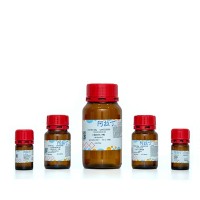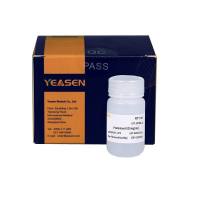Defining the Thermodynamics of Protein/DNA Complexes and Their Components Using Micro-calorimetry
互联网
660
Understanding the forces driving formation of protein/DNA complexes requires measurement of the Gibbs energy of association, ΔG , and its component enthalpic, ΔH , and entropic, ΔS , contributions. Isothermal titration calorimetry provides the enthalpy (heat) of the binding reaction and an estimate of the association constant, if not too high. Repeating the ITC experiment at several temperatures yields ΔC p , the change in heat capacity, an important quantity permitting extrapolation of enthalpies and entropies to temperatures outside the experimental range. Binding constants, i.e. Gibbs energies, are best obtained by optical methods such as fluorescence at temperatures where the components are maximally folded. Since DNA-binding domains are often partially unfolded at physiological temperatures, the ITC-observed enthalpy of binding may need to be corrected for the negative contribution from protein refolding. This correction is obtained by differential scanning calorimetric melting of the free DNA-binding domain. Corrected enthalpies are finally combined with accurate Gibbs energies to yield the entropy factor (T ΔS ) at various temperatures. Gibbs energies can be separated into electrostatic and non-electrostatic contributions from the ionic strength dependence of the binding constant.









